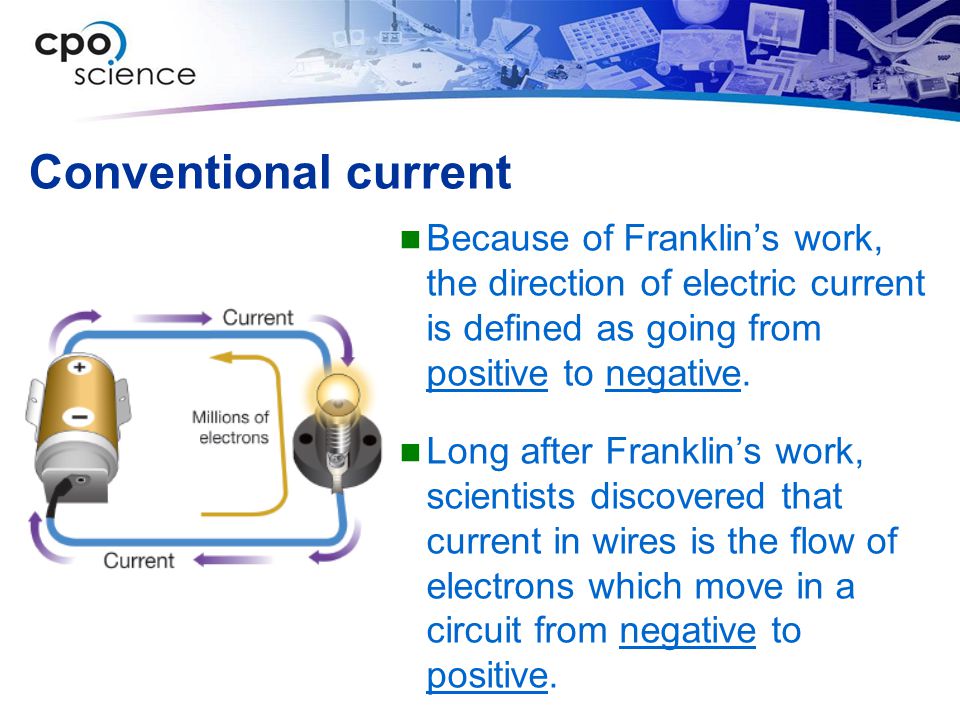Now you're getting into Ohm's law. Voltage by itself is not necessarily deadly. It is the current through the heart that disrupts the beating of our heart. We can withstand pretty high voltage without serious risk (on average). For example, ever get a shock from an engine spark plug? Typical voltage for vehicles from the days of points and condensers was somewhere around 30,000v. I'm not sure about today but based on spark plug gaps I'm guessing 50,000 is not far off. Yet, it is possible for a person to be at serious risk with voltages as low as 110v. Why is that? It has to do with the amount of current that is capable of passing through our heart.
A typical dry human body from finger tip to finger tip has a resistance of about 100,000 ohms. A typical current that is lethal is about 100mA. Using Ohm's law we can do the math to determine the likely lethal voltage given these values. Ohm's law says E=IR where E=volts, I=Current (amps), and R=resistance. With a 100,000 ohm resistance and a lethal current of 100mA (.1A) we can calculate the lethal voltage required.
100,000 x .1 = 10,000v
As you can see by this formula, the higher the voltage, the higher the amount of current that can overcome the resistance. In the same way, as resistance drops so does the amount of voltage required to "push" a deadly current through our body.
The thing is, one must remember that these values are typical and not necessarily always true. There are many variables that affect this such as moisture and other contaminants that can lower our body's resistance. For example, body sweat contains a lot of salt and salt is a conductor which means it lowers our resistance therefore a lower voltage could become deadly. Every body is a little different and each has a different resistance.
The best thing to do is avoid electric shock. Consider this. A typical dc welder only uses about 25 - 35 volts. I dropped a wrench one time on top of a car battery and it welded the wrench to the battery posts in seconds. My reaction was stupid because I quickly grabbed the wrench and dislodged it from the battery. I was very lucky that I didn't burn my hand or the battery didn't explode because lead acid batteries emit explosive hydrogen gas.





